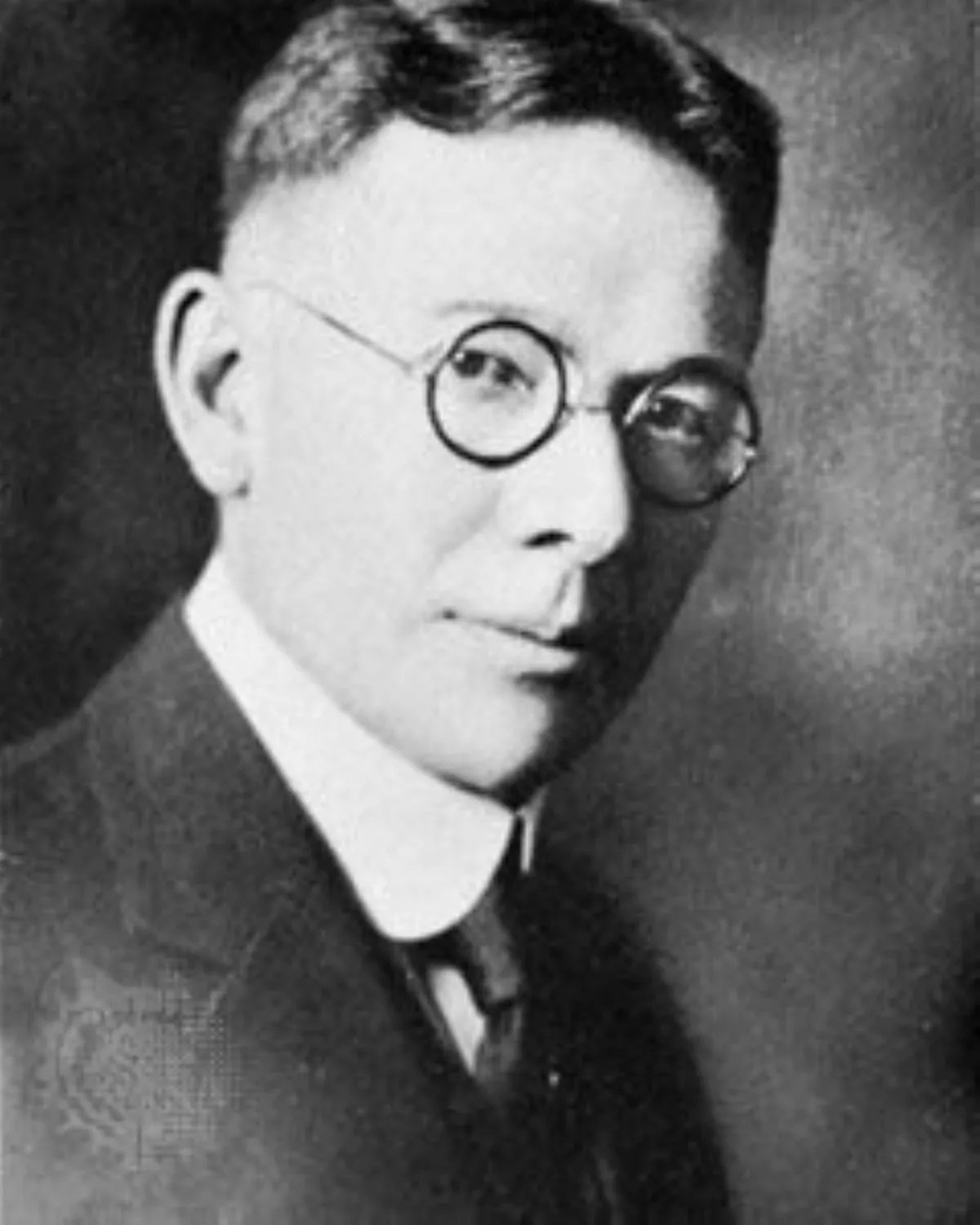 1.
1. Lewis Madison Terman was an American psychologist, academic, and proponent of eugenics.

 1.
1. Lewis Madison Terman was an American psychologist, academic, and proponent of eugenics.
Lewis Terman was noted as a pioneer in educational psychology in the early 20th century at the Stanford School of Education.
Lewis Terman served as president of the American Psychological Association.
Lewis Terman received a BS, BPd, and BA from Central Normal College in 1894 and 1898, and a BA and MA from the Indiana University Bloomington in 1903.
Lewis Terman received his PhD from Clark University in 1905.
Lewis Terman worked as a school principal in San Bernardino, California in 1905, and as a professor at Los Angeles Normal School in 1907.
Lewis Terman served as chairman of the psychology department from 1922 to 1945.
Lewis Terman published the Stanford Revision of the Binet-Simon Intelligence Test in 1916 and revisions were released in 1937 and 1960.
The first mass administration of IQ testing was done with 1.7 million soldiers during World War I, when Lewis Terman served in a psychological testing role with the United States military.
Lewis Terman was able to work with other applied psychologists to categorize army recruits.
At Clark University, Lewis Terman wrote his doctoral dissertation entitled Genius and stupidity: a study of some of the intellectual processes of seven "bright" and seven "stupid" boys.
Lewis Terman administered Cattell's tests on boys who were considered intelligent versus boys who were considered unintelligent.
Unlike Binet and Simon, whose goal was to identify less able school children in order to aid them with the needed care required, Lewis Terman proposed using IQ tests to classify children and put them on the appropriate job-track.
Lewis Terman believed IQ was inherited and was the strongest predictor of one's ultimate success in life.
Lewis Terman's study of genius and gifted children was a lifelong interest.
Lewis Terman found his answers in his longitudinal study on gifted children: Genetic Studies of Genius.
Lewis Terman found that gifted children did not fit the existing stereotypes often associated with them: they were not weak and sickly social misfits, but in fact were generally taller, in better health, better developed physically, and better adapted socially than other children.
Lewis Terman explored the causes of obvious talent not being realized, exploring personal obstacles, education, and lack of opportunity as causes.
Lewis Terman died before he completed the fifth volume of Genetic Studies of Genius, but Melita Oden, a colleague, completed the volume and published it.
Lewis Terman wished for the study to continue on after his death, so he selected Robert Richardson Sears, one of the many successful participants in the study as well as a colleague of his, to continue with the work.
Lewis Terman pointed out that though he believed the capacity for intelligence is inherited, those with exceptional intelligence need exceptional schooling.
Lewis Terman wrote that "[bright children] are rarely given tasks which call forth their best ability, and as a result they run the risk of falling into lifelong habits of submaximum efficiency".
Lewis Terman came to believe that IQ was, in addition to dependent on education, highly heritable.
Lewis Terman was a member of numerous American eugenic organizations, and listed in their rosters as a leader.
Lewis Terman's inclusion of girls was an important exception to the biases of the era, since women had only just gotten the right to vote, and had few career options.
However, Lewis Terman was above all a scientist; and he was dedicated to collecting meaningful data, and to accepting what the data showed even when it contradicted his beliefs.